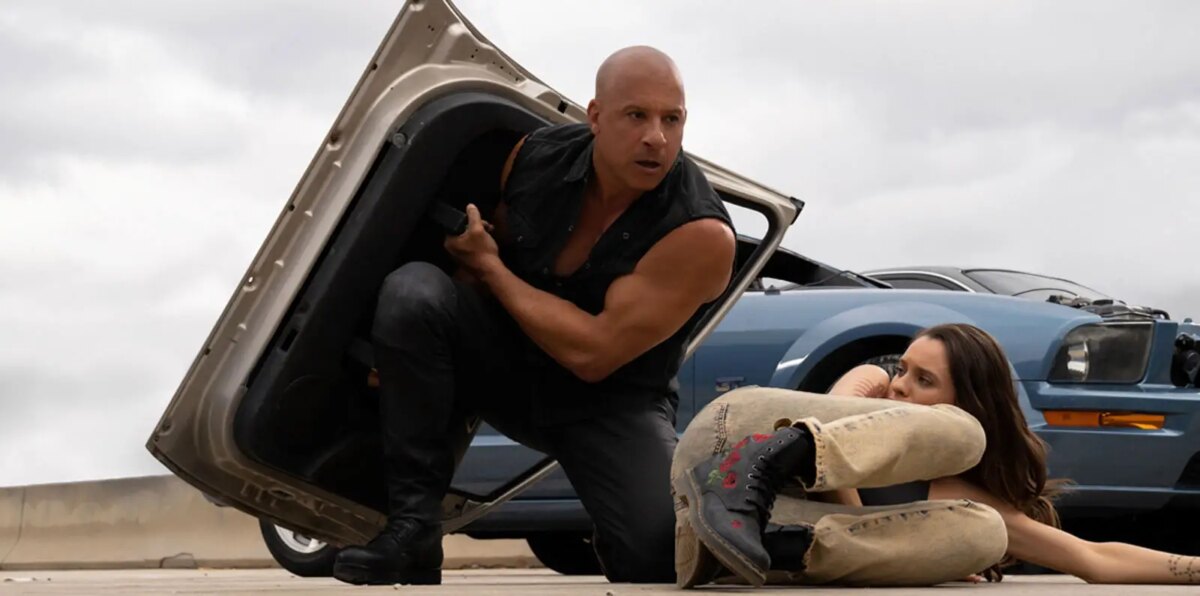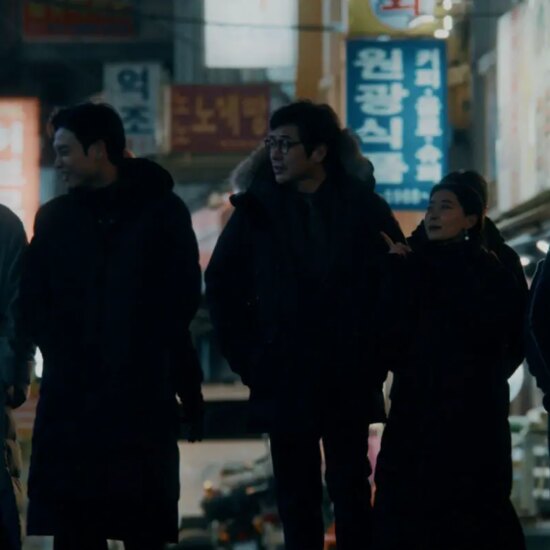
F9: The Fast Saga went too over-the-top with the bizarre action sequences and the “family” intervention that became overwhelming for its length. With John Cena’s Jakob Toretto as an antagonist, it was evidently a redeeming story for the character right from the moment the first trailer arrived. And Sung Kang’s return as Han opened doors for Universal Studios’ grand opening weekend for the film. However, taking a car to outer space was lousy writing; it was made more stupid by how it was choreographed and put together with VFX. So, I went in with a similar notion for Fast X, fueled by a polarising reception on pre-shows and opening day, and almost assured that the God-defying action and firepower would dumb down the narrative. But I shall admit, I really liked the experience, and I am glad I was proven wrong.
The Fast & Furious franchise does NOT suddenly shift gears in its tenth main installment. In fact, there is more over-cranked action and illogically advanced technological jargon. Jumping a car off an airplane, getting off alive after a seemingly deadly collision, non-sensical mechanical upgrades to vehicles, and the non-evolving self-referential drama – everything that has made this once-beloved franchise too stagnant, is still there.
“A threat from the past targets Dom and his family for vengeance and breaks them apart.”
And ironically, Fast X takes a self-referential dig at the franchise, “God and gravity-defying” action and stunts when Aimes (Alan Ricthson) irritably declares his unpleasantness towards the family. By continuing to let the audience on the unconventional peculiarity of its visuals, Fast X also tries to let you on at an interlinked storyline that intends to conclude the franchise with a bang. And that effort makes the tenth film an upgrade compared to its last two installments. Fast X has callbacks to the past, appearances from some old faces, and a new effort to spread out the cast and their respective place – unlike other films that deliberately congested everyone in one frame. These additional elements in the otherwise familiar theme allow one to sit through the goofiness and enjoy the adrenaline-pumped dramedy.
Fast X begins with a decade-old flashback from Fast Five repurposed with Dante Reyes (Jason Momoa) in the sequence and takes us through a crash course of its setting. You are thrown into a familiarity with the series, and Paul Walker’s archival footage sends one back in time. It feels as if Louis Leterrier wants to establish his Fast & Furious venture as a hyper-linked yet, distinguishable part of the franchise. He is trying to set Fast X as an evident beginning of an end that shall shape a final trilogy – set within the continuity yet sustained in its own singularity.
From hereon, Fast X juggles its colossal familial motifs and preachings for quite a while. And then, an unusual twist invites Dante into Dom’s world. Though appearing in the opening prologue, it’s not until this moment he shows off his sociopathically cunning and maddening nature on-screen, which amplifies with the ever-enlarging scale of damage, explosions, and collisions—wearing unusual yet attractive colors, being hysterically manic, and right-out destructive. As an F&F antagonist, Momoa significantly improves the movie, turning out a way better and more fierce villain than Cipher (Charlize Theron, who also shows up in the film) or foe-turned-friend Deckard Shaw (Jason Statham, also cameoing in Fast X), and definitely finer than forgettable Brixton Lore (Idris Elba from Hobbs & Shaw). Momoa played the character in the total mood for having some chaotic fun. And that’s why even in his most ruthless deed, he manages to echo that fun out of the screen. At any given moment, Momoa indeed sends the audience into enticement.














